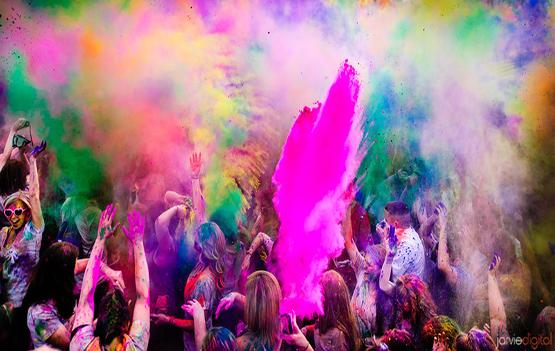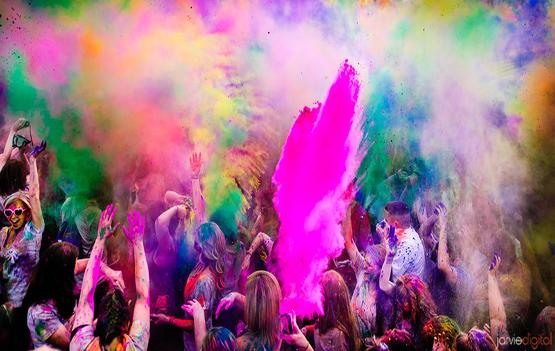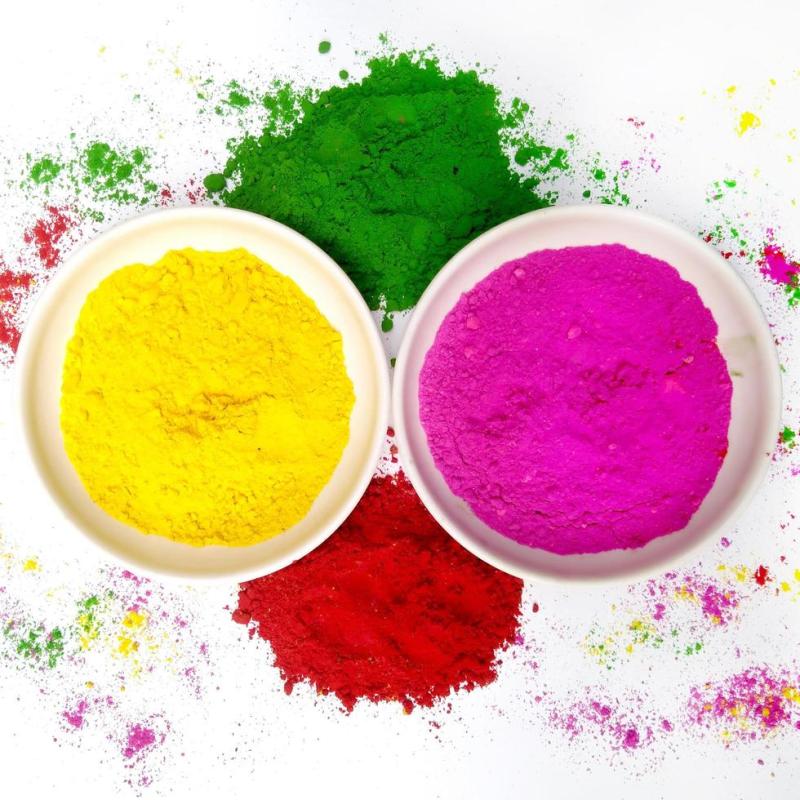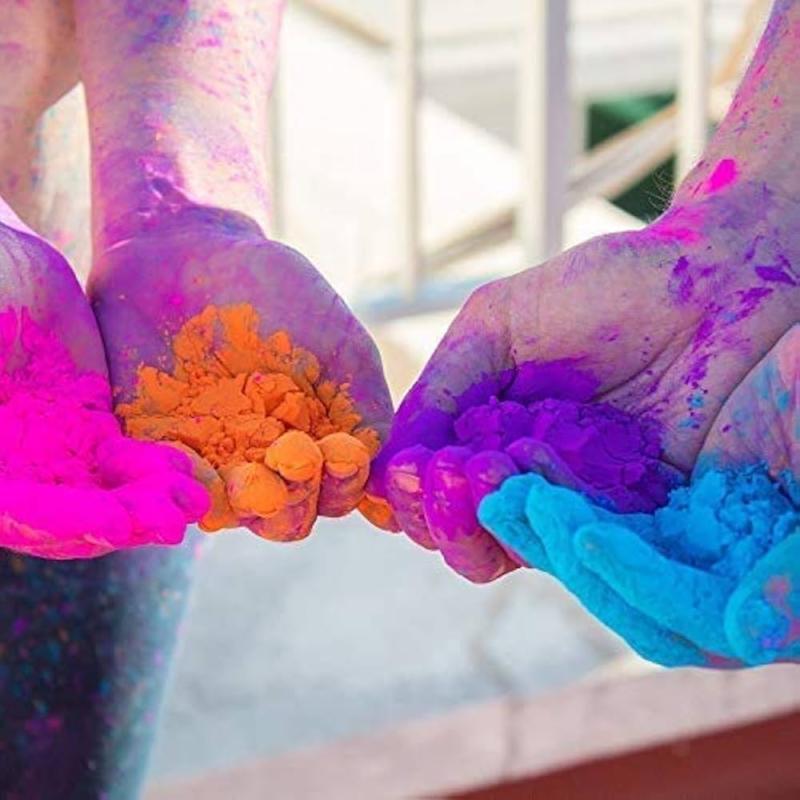Organic Holi colors Safe for skin and reduces allergic reactions

Organic Holi colors are made from natural ingredients and are a safer, eco-friendly alternative to synthetic Holi colors. They help reduce skin irritation, allergic reactions, and environmental harm.
Here’s a basic overview of how to make and what they are composed of:
Basic Ingredients for Organic Holi Colors:
Flowers:
Marigold, Rose, Hibiscus, Palash (Tesu): Used for natural dyes.
Dried and powdered to make colors.
Herbs and Spices:
Turmeric (Haldi): Gives a yellow color.
Beetroot: Can be used for pink or red.
Henna (Mehendi): For green shades.
Fruits and Vegetables:
Spinach, Neem: To create green color.
Red Sandalwood: For red or orange.
Grains, Flours, or other Bases:
Cornflour, Rice Flour, Maize Starch: Used to mix with natural dyes to create powdered colors.
Other Sources:
Talcum powder or Fuller's earth (Multani Mitti): Mixed for consistency and texture.
Basic Color Preparation Process:
Yellow:
Mix turmeric powder with gram flour (besan) or cornflour to get a fine yellow powder.
Green:
Dry neem leaves or spinach in the shade, grind them into powder, and mix with flour.
Red:
Use dried rose petals or beetroot. Dry and grind them into powder form.
Pink:
Boil beetroot in water for deep pink liquid color or dry it to create pink powder.
Orange:
Dry and grind marigold flowers or palash (Tesu) flowers. Add to cornflour for powder form.
Benefits of Organic Holi Colours:
Non-toxic: No harmful chemicals or artificial ingredients.
Skin-friendly: Safe for skin and reduces allergic reactions.
Environmentally friendly: No pollution caused to soil or water bodies.
These organic colours are becoming more popular as people move towards healthier, sustainable celebrations.










Comments